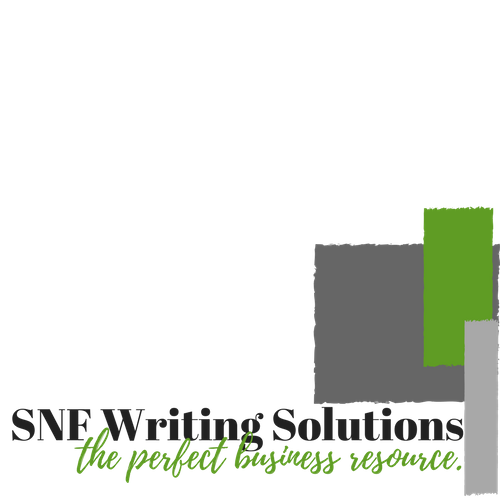As I finish another grant review panel (this one Federal), I found that I had to check my “crankiness” meter – where I was on the scale when I reviewed the app – during our discussion in the team-consensus calls. Upon reflection, I decided that the applicants would do certain things that immediately changed my perception of the rest of the application. While I could temper this, somewhat, in the consensus scoring – there were many things that irritated me so much that I couldn’t (wouldn’t) let it go. And others on my review panel had their irritants too!
So, without further ado – if you really want to irritate your reviewer and have them view your application with the most critical of eye…make sure your…
1. Math is Wrong
In your budget, make sure that your summary table doesn’t add up – both for the request and any match requirement. If you want to outdo yourself in this area, your subtotals in the various sections should not match your summary. For added bonus frustration, leave out key pieces of information, such as base salary, so that the reviewer has absolutely no way of determining if your budget is accurate or reasonable.
For our objectives, make sure that your baseline and projected measures for your indicators is confusing – using percentages of percentages without mentioning what your denominator is. Reviewers will never be math or evaluation people that can figure it out; so you’ll be ok giving fluffernutter for objective measures.
For even more excitement, have numbers in various sections referred to in other sections with different values in each section – it will keep your reviewers on their toes.
2. Proposal and Documentation Don’t Match
When providing a partner list and qualifications, your Letters of Commitment that you attach should be from completely different entities – that way your reviewer has to figure out how it all fits together. Even better, have different partners in the qualifications list, letters, and budget. Reviewers all love an intricate puzzle to put together at the end of a long day! For bonus points, say that one of the partners is critical for implementation, but don’t include a letter from that partner – just your word that your most critical partner is on board is good enough.
Ditto the above for project staff. Be sure to include a random CV/Biosketch in the attachments too – reviewers love to be tested to see if they are paying attention!
When documenting your match, have a different amount in your budget than what is committed in your letters. Reviewers don’t even look at that or try to figure it out. Make sure to include various match amounts from organizations that aren’t in your budget or that you haven’t mentioned anywhere in your proposal, for good measure. Even better, just put in a dollar amount and don’t demonstrate how that number was obtained.
3. Project is Redundant of Others in the Area or from Across the Country
There’s nothing quite like reading a proposal that says that it is “unique” and “innovative” and – even better – “revolutionary to the industry” – when you’ve read the same project concept three other ways and those other proposals cited the research and project models that they are building their project from. Just put your “original” ideas out there – no need to do any best practice research during the project development phase.
4. Proposal Looks Unique without the Aid of the Provided Templates
If there are instructions or templates for the proposal or letters, no need to pay attention to those pesky details – reviewers aren’t going to look at the NOFO to know what was required – and there’s no way you would get a past recipient and someone who has written and managed similar applications/awards for several years on the same review panel – right?
When there’s a template, you would never want the reviewer to have an easy time finding information, so switching up the headings (or taking them out altogether), removing borders from tables (making it really hard to read), and abandoning the provided formatting for checkboxes and forms is highly encouraged.
5. Workplan Timeline is “Ongoing”
Every activity is always going to continue throughout the project, from beginning to end, so by all means, just give your timeline as “ongoing” for every activity.
Timelines are just wishful thinking anyway, so no need to put any thought into the exercise. Reviewers don’t need to know what’s slated for the first year versus the third year, or even the fifth year; they are just being nosey. As for milestones, we will just know that we are making progress – we don’t need to think about them or when we might achieve anything that matters in our project. We aren’t going to meet the timeline we proposed anyway – we are waaaay to ambitious in what we proposed and definitely don’t have the staff FTE count to support the work (but, shhhhhh the reviewers will never figure that out!).
Personal Note:
I review budgets and work plans first (this is after the kids are in bed). When your math doesn’t add up – I’m jaded for the rest of your proposal – if they can’t do the math in their budget, can they manage this project? If your work plan isn’t supported by the budget, I really question if your project is achievable. I’ve worked enough projects to know what it takes and the FTE support needed to execute a project; I’m all for lean teams – but there’s a difference between operating a skeleton team and not having enough time/bodies to achieve what you set out to do in a project. In your evaluation, give your benchmarks and indicators careful thought. You will have people that have implemented projects like yours on the review panel and they have a pretty good idea what is feasible and what is inflated. Finally, take the extra time before you submit to make sure that your supporting documentation (attachments) match what is in your proposal – the reviewers really do look that them.
Here’s to (not) irritating your reviewer!
With Grantitude,

Stacy Fitzsimmons is the Founder and CEO of SNF Writing Solutions, LLC

